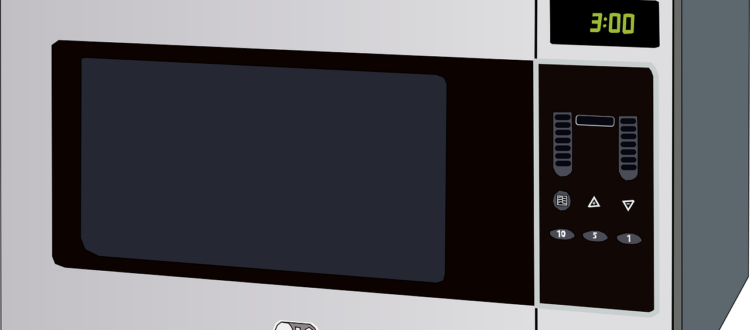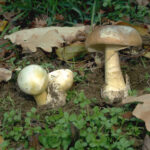
Microwaves are safe and a convenient way to cook, heat and defrost food. Only use food containers that say they are microwave safe. Always follow the microwave instructions and any cooking instructions on food packaging and follow prompts such as ‘stir’ or ‘leave the food to rest for 5 minutes’. This will ensure the food is cooked all the way through.
Microwaves cause molecules ,especially water, in the food to vibrate. The energy generated by the vibration of molecules in proximity leads to the generation of heat. Microwaves are of relatively low energy, and are non-ionising, so changes to biological matter, including cells, does not happen other than through heating, in foods)
Heating food in the microwave has a neutral or positive effect on the nutritional quality of products when compared to conventional cooking methods like boiling, grilling, pan-frying, and oven baking. Microwaving fruits and vegetables is a useful cooking technique that reduces the leaching of water soluble vitamins into the cooking water. For instance, vitamin C (found extensively in fruits and vegetables) is easily destroyed when heated. Microwaving shortens the cooking time resulting in a higher retention of vitamins in the cooked fruit or vegetable. In the case of potato chips or wedges, microwaving the potato before frying reduces the calories. Heating the potato for 60 seconds in the microwave before frying causes the potato to absorb less oil during the frying process.



